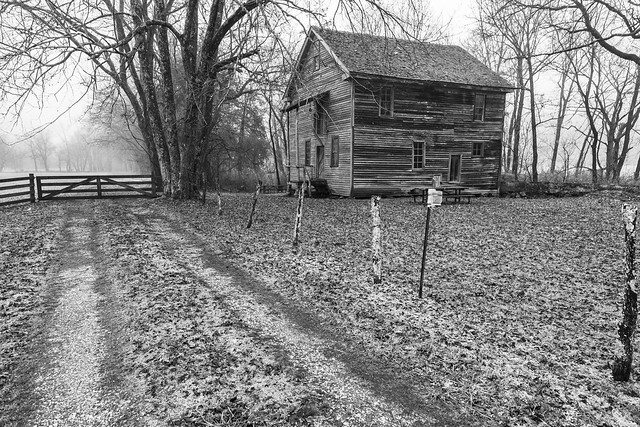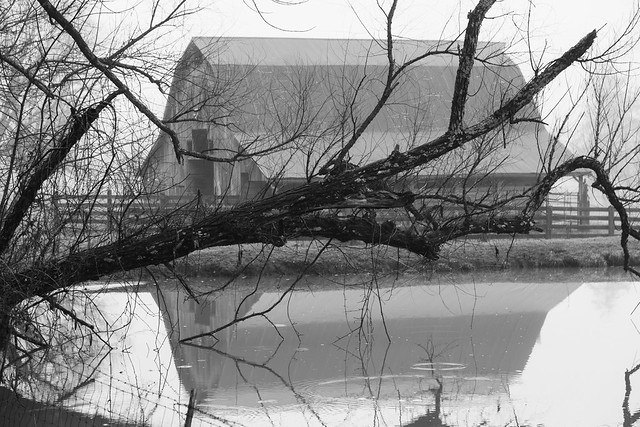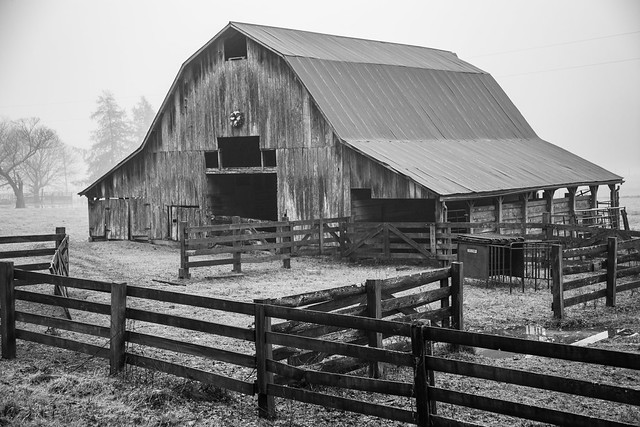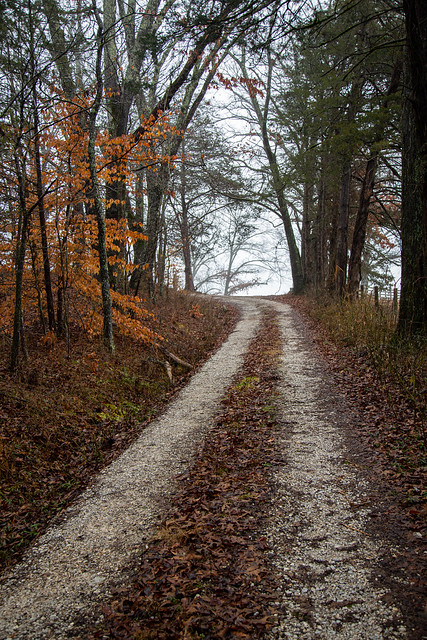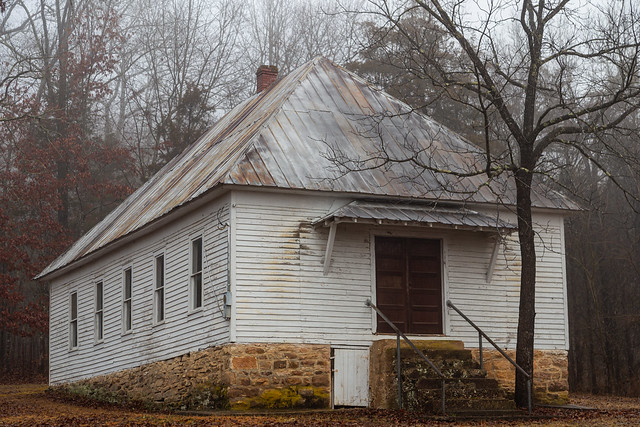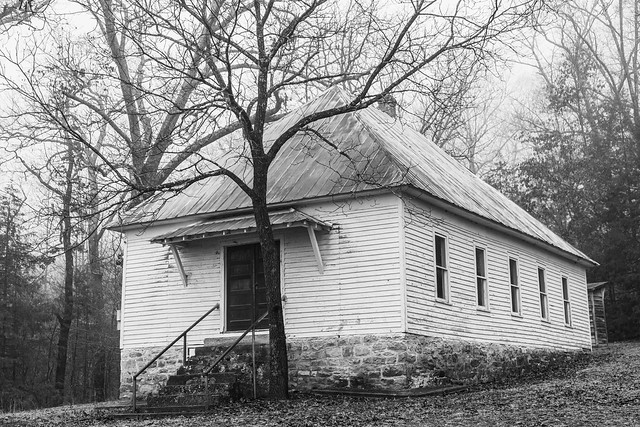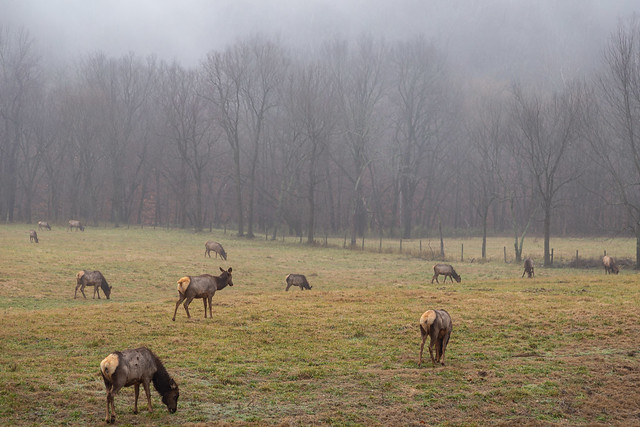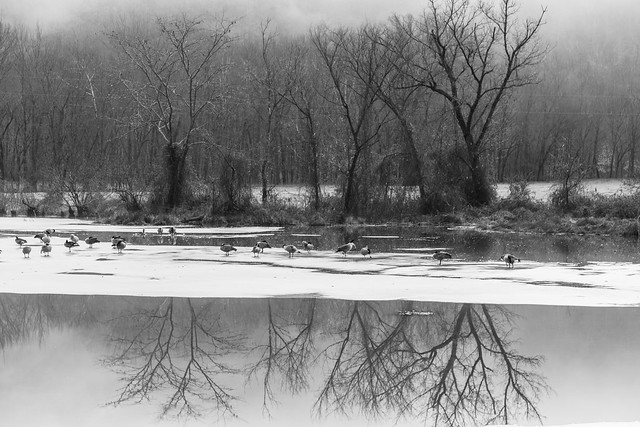The small towns of Keo and Scott are just a short drive from Little Rock, but they still feel like they belong in another era. Both towns are home to numerous old agricultural buildings, and lots of old homes and churches. I drove through Keo last week, and stopped at this old cotton gin. It was built in the 1940s, and was in use until the 1970s.
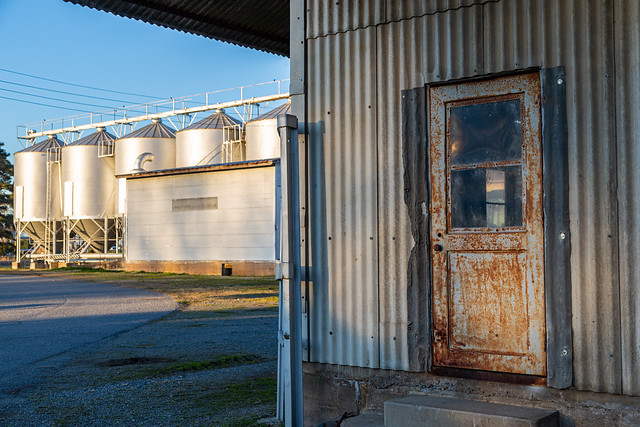
I was there to visit an old church that sits just to the south of Keo. My plan was to get out there before sunset, and to get the camera set up in time to start some star trail pictures. This would be my second attempt at star trails here. I tried last summer, but the lens fogged up and ruined almost all of the shots. I hoped this time would have better luck...
I arrived at the old church, which sits along a dirt road. Across the street is a cemetery, which contains many old graves. I wish I knew the history of the church, like when it was built and when it was abandoned. It does have a very sad feeling to it, especially since it not in the best of shape and probably won't be standing for much longer.

The front door was open, so I went inside. The former sanctuary of the church looked rough. A large hole had formed in the roof, along with one on the floor. Fallen ceiling tiles littered the floor, next to a bright green carpet that once ran between the pews.
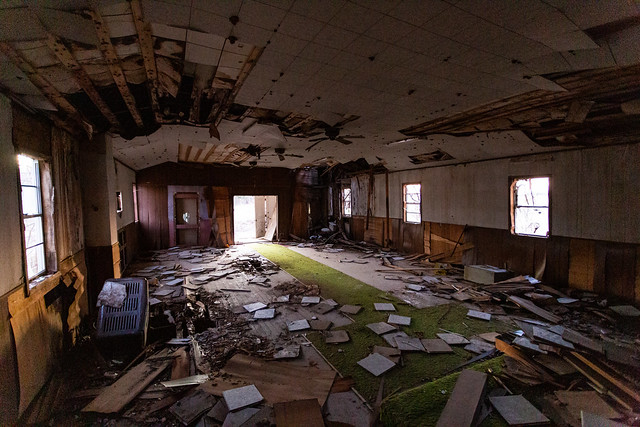
The back room of the church was in worse shape. Most of the roof was gone, and the floor was covered with a carpet of fallen leaves.

And the view looking out the back window of the church:

And one more view of the front of the church, taken across the road at the old cemetery. I did want to make another star trail attempt here in the winter, when the brush in front of the church was bare and wouldn't cover as much of the building. And also, when there wouldn't be any mosquitoes out.

I set up the camera on the tripod, found the composition that I wanted. I put a hard-warmer inside a sock, and wrapped it around the lens (which is a crude, but effective way to prevent the lens from fogging up). And when it was dark enough I put the camera into manual mode and set the right exposure time, ISO, and aperture. Everything was going great until I tried to use the remote shutter release. It was plugged in, but it wasn't communicating with the camera. I pressed the button in vain, but it wasn't working at all. It is a vital piece of equipment, and without it I was out of luck.
After saying a few choice words (that were probably inappropriate to say in front of a church, sorry!), I had to sadly pack everything up. With the shutter release not working, my second attempt at star trail pictures here was a bust.
The next day I made an emergency run to Bedfords, which luckily had a shutter release for sale that fit my camera. So that night I headed back out to Keo to make attempt number three. Luckily I remembered to charge the batteries, pack the memory card, and bring the camera and new shutter release. I set up the camera, and got a little creeped out when I heard something emerge from under the old church and move around in the brush nearby. I was afraid it might have been a skunk. But I shined the flashlight on it, and it was just a little armadillo.
And amazingly, the third time was a charm! So here the star trails over the old church, taken over the course of about two and a half hours:


















